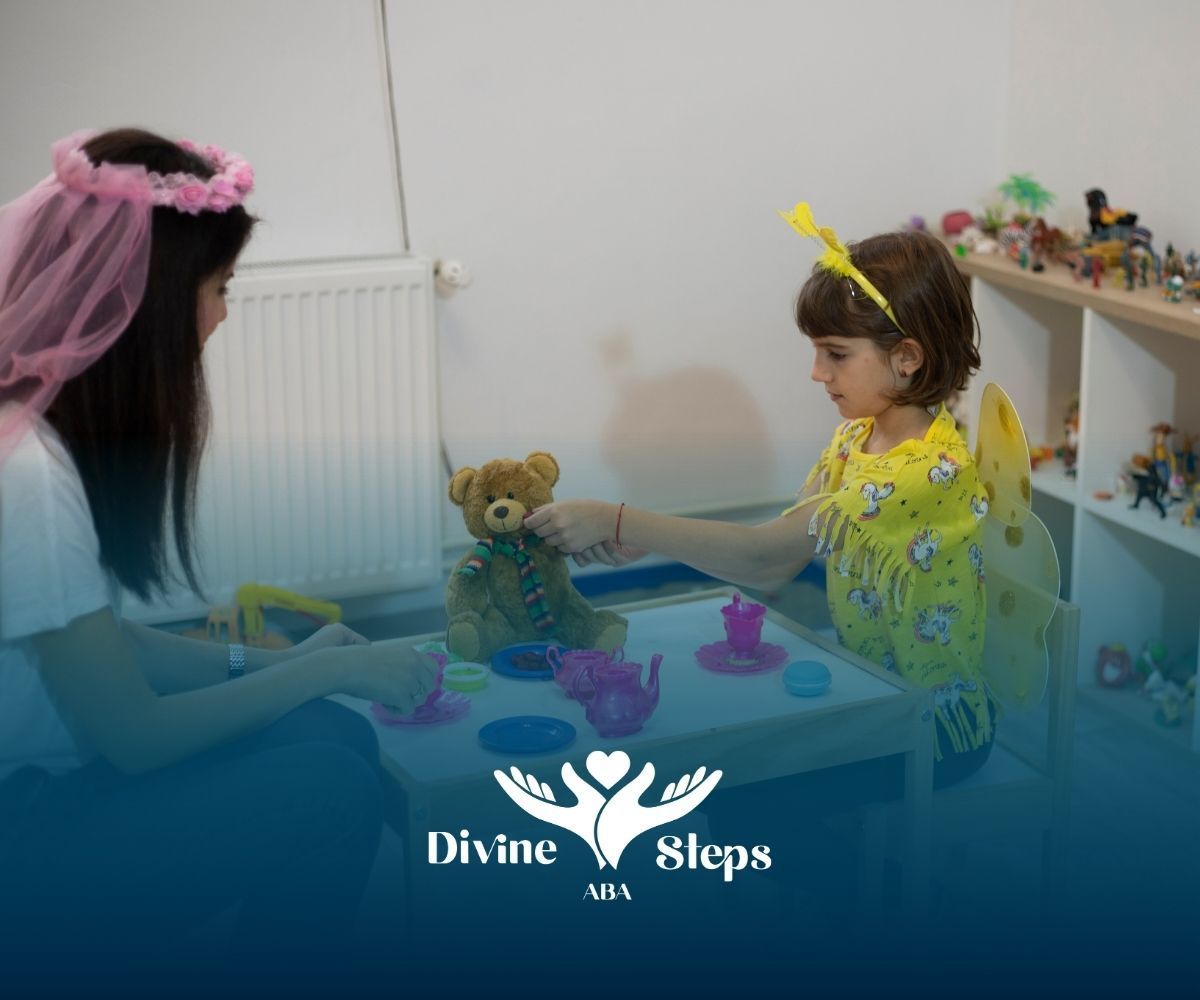Website by CWS
Inside Your Child’s First ABA Session
Key Highlights
- Embarking on the first day of ABA therapy involves an initial assessment tailored to meet your child’s unique needs and strengths.
- A welcoming space, positive reinforcement, and trust-building activities set the stage for a successful therapy session.
- Therapists utilise data collection to design a personalized treatment plan focused on specific goals for your child’s progress.
- Parents play a vital role in sharing insights and reinforcing strategies at home for a collaborative approach.
- Developing a positive relationship between your child and their ABA therapist is foundational to effective therapy outcomes.
- ABA therapy centers around enhancing essential skills, communication abilities, and promoting a happier quality of life for your child.
Starting ABA therapy can feel like a huge step—both exciting and nerve-wracking. Parents often ask, “Will my child be scared? What if they don’t cooperate?” These are natural worries, but the first day is designed to feel welcoming and calm for your child.
I remember working with Joey, a sweet but anxious 3‑year‑old who clung to his mom on Day 1. He wouldn’t even look at me at first. But when I gently offered him his favorite toy truck from home, his entire face softened. That small moment of connection set the tone for a trusting relationship that made all the difference.
Preparing for the First Day
What to Bring and How to Set the Tone
Here’s how you can make the first day easier:
- Practical items: Bring reports of autism diagnosis, medical history, and any past evaluations.
- Comfort items: A favorite toy or sensory tool can help ease anxiety.
- Home prep: A cozy, low-distraction space—and a simple visual schedule—help set expectations and reduce stress.
“I always suggest a familiar object—it gives kids a piece of home,” shares a Board Certified Behavior Analyst (BCBA) I’ve worked with.
Initial Assessment and Observation
Building the Foundation Through Observation
On Day 1, your child is observed through play-based activities. The therapist looks at:
- How they ask for or express needs
- Emotional responses and triggers
- Social interactions and turn-taking
- Daily routines like feeding or dressing
This is a data-gathering day, not a full therapy session. The information helps shape a treatment plan that fits your child’s unique needs.
I once worked with a shy 4‑year‑old who barely spoke—until he saw a toy car in the room. That one moment showed us what motivated him and guided how we built his communication goals.
Meeting the ABA Therapist and Team
First Impressions Matter
You’ll meet the BCBA and Registered Behavior Technicians (RBTs). Expect:
- Warm introductions and casual interactions
- Play-based engagement to help your child relax
- Parent dialogue—share what you see at home, where they excel, and where they struggle
As one therapist said, “I’m always with my technicians for the first day…and I outline exactly what to expect. That way, everyone feels at ease.”
Setting Goals and Expectations
Creating a Shared Vision
After observing, the team and parents will:
- Define priorities—communication, emotional regulation, or social skills
- Set clear, measurable goals
- Agree on how often to check in on progress
Did you know?
Studies show that
early ABA intervention can lead to significant behavioral improvements in up to 90% of children, with nearly half making such progress that they no longer meet the clinical criteria for autism after intensive treatment.
Overview of Therapy Structure
What Will Happen (Day 1 and Beyond)
Your therapist will explain how sessions work:
- Warm‑ups and rapport-building to ease your child into the routine
- Data-driven activities like discrete trial training in a fun, playful way
- Positive reinforcement—verbal praise, token systems, or access to a favorite activity
- Parent training elements so you can reinforce strategies at home
Sessions are structured but designed to feel engaging, not overwhelming.
Role of the Parent
Why You’re a Vital Part of the Team
Parents are key partners in ABA therapy. You’ll:
- Be present and observe or engage when invited
- Share insights about what works at home
- Learn reinforcement strategies you can use outside sessions
Research consistently shows that strong parental involvement in ABA improves skill transfer from therapy sessions into everyday life.
Tips to Reduce Anxiety
Create a Smooth Start
- Preview it at home: Talk about therapy as a fun new experience, even role-play it with toys.
- Bring a comfort object: Familiar items help ease anxiety in a new space.
- Use visuals: A simple “first-day” schedule helps your child know what’s coming.
- Celebrate small wins: Even saying, “You did great walking into the room!” reinforces bravery.
When Will We See Progress?
Looking Beyond Day 1
Here’s a general timeline based on research and experience:
- First 0–6 months: Small but meaningful gains like improved eye contact, responding to their name, or following simple instructions.
- Around 3 months: Many caregivers notice fewer meltdowns and better social interaction.
- Long-term: Bigger growth happens over time with consistency in therapy and at home.
Progress varies for every child, but consistency and family involvement make a big difference.
Addressing Concerns with ABA
Ethical Context and Alternatives
ABA is widely recognized as evidence-based and effective, but it’s not without debate. Some critics feel certain approaches can pressure children to “mask” their natural behaviors.
The key is choosing a provider who takes a child-centered, compassionate approach. Good ABA should never feel rigid or punitive. It should focus on meaningful, functional skills—not just compliance.
If you ever feel unsure, ask the therapist how they individualize sessions, handle distress, and prioritize your child’s well-being.
Conclusion
The first day of ABA therapy is all about building connection—between your child, their therapist, and you. By planning ahead, supporting your child emotionally, and learning about the process, you’ll help set the stage for meaningful progress.
Your child’s journey toward greater independence and joy begins with a single step—and we’re here to guide you through it. At Divine Steps ABA, we provide compassionate, evidence-based ABA therapy in Maryland, Virginia, and North Carolina.
Our dedicated team focuses on your child’s unique strengths while supporting your family every step of the way. Ready to make Day 1 a positive experience?
Contact Divine Steps ABA today to schedule a consultation and see how we can help your child thrive.
Frequently Asked Questions
What should I bring to my child’s first ABA session?
You can bring your child’s favorite toys or things they like to touch and hold. This will help make the therapy space feel friendly. Also, have some papers ready, like reports of their diagnosis or any test results. These will help a lot during the first assessment with your child.
How long does the initial ABA session usually last?
The first ABA therapy session can last from one to three hours. It depends on your child and what they need. In this first ABA therapy session, the ABA provider will spend time with your child. The goal is to build a good feeling between the ABA provider and your child. The ABA provider will also watch and learn about your child’s behaviors. This helps them understand your child’s unique needs and make the therapy session work better.
Can parents stay during ABA therapy session?
Yes! Parents are welcome and even encouraged to join in during the session. This helps to build open communication and a good way of working together. ABA therapists might ask you to watch or take part in the work. This will help keep the same techniques from this session in any future sessions.
Sources:
- https://bmcpsychiatry.biomedcentral.com/articles/10.1186/s12888-022-04412-1
- https://pmc.ncbi.nlm.nih.gov/articles/PMC9458805/
- https://www.verywellmind.com/what-is-an-aba-design-2794809
- https://childmind.org/article/controversy-around-applied-behavior-analysis/
- https://www.cdc.gov/ncbddd/autism/treatment.html




